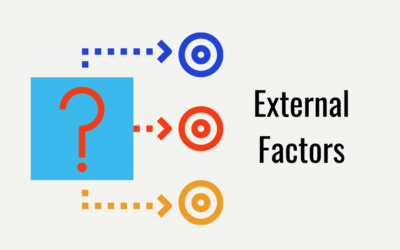If you need to forecast your sales precisely, you are in the right place. Our algorithm was designed to take your historical sales & business data, combine it with external factors like weather & economic indicators and produce a precise forecasting model. We will create an AI model for each of your products from scratch. It will be precise and can be regularly improved as new data becomes available.
Configure the algorithm based on your needs
You are able to configure sales forecasting to use different time periods: Hourly, Daily, Weekly, Monthly and Yearly. Our studio platform is automatically converting data sources to these time segments. You will be able to choose the length of history, which algorithm is taken into consideration, to produce sales forecasts. For Daily forecasts, we are recommending 30 days, but you can increase or decrease this window. A longer window will produce more precise forecasts, but there is a tradeoff on the time it would take to produce the model. The last configuration is the length of the forecast. For Daily forecasts, we are recommending 7, but that can be easily extended.
Data Sources
Our sales forecasting algorithm is taking these 3 input files:
- Sales history: For each location & product we will consume a number of sales done in that particular time window + you can add an unlimited number of optional parameters like cost, size of overall customer shopping card, the position of the product within your shop, etc. to further improve the algorithms precision.
- Location data: For each location, you can capture external factors, like weather for that location, Economic indicators (for example GDP, Unemployment rate, CPI, etc.).
- Product list: List of products and it’s categories for which sales forecasting will be done.
Machine learning in the background
Once you import your data, the system will automatically, without your input, produce Artificial intelligence models. We know that sales for each product behave differently. As an example, toilet paper will have a more constant sales curve compared to raincoats. Therefore, our Studio will produce one artificial intelligence algorithm for each product.
Based on customer feedback, the precision of the algorithm is between 70 – 95% depending on data quality provided and the behavior of the product.
For you, AI enthusiasts, we are using the LSTM network for time series forecasting and our model does have multiple parallel sections.
- For extreme events like weekends, we are using a deep learning autoencoder approach (Uber published a very nice paper which you can see here).
- For increased precision, we are using the bidirectional LSTM network, read more here.
- Other data is mixed in using dense layers
Try it today
You can either request a free data audit from us or request our algorithm license here. If you have any questions, get in touch with us.



